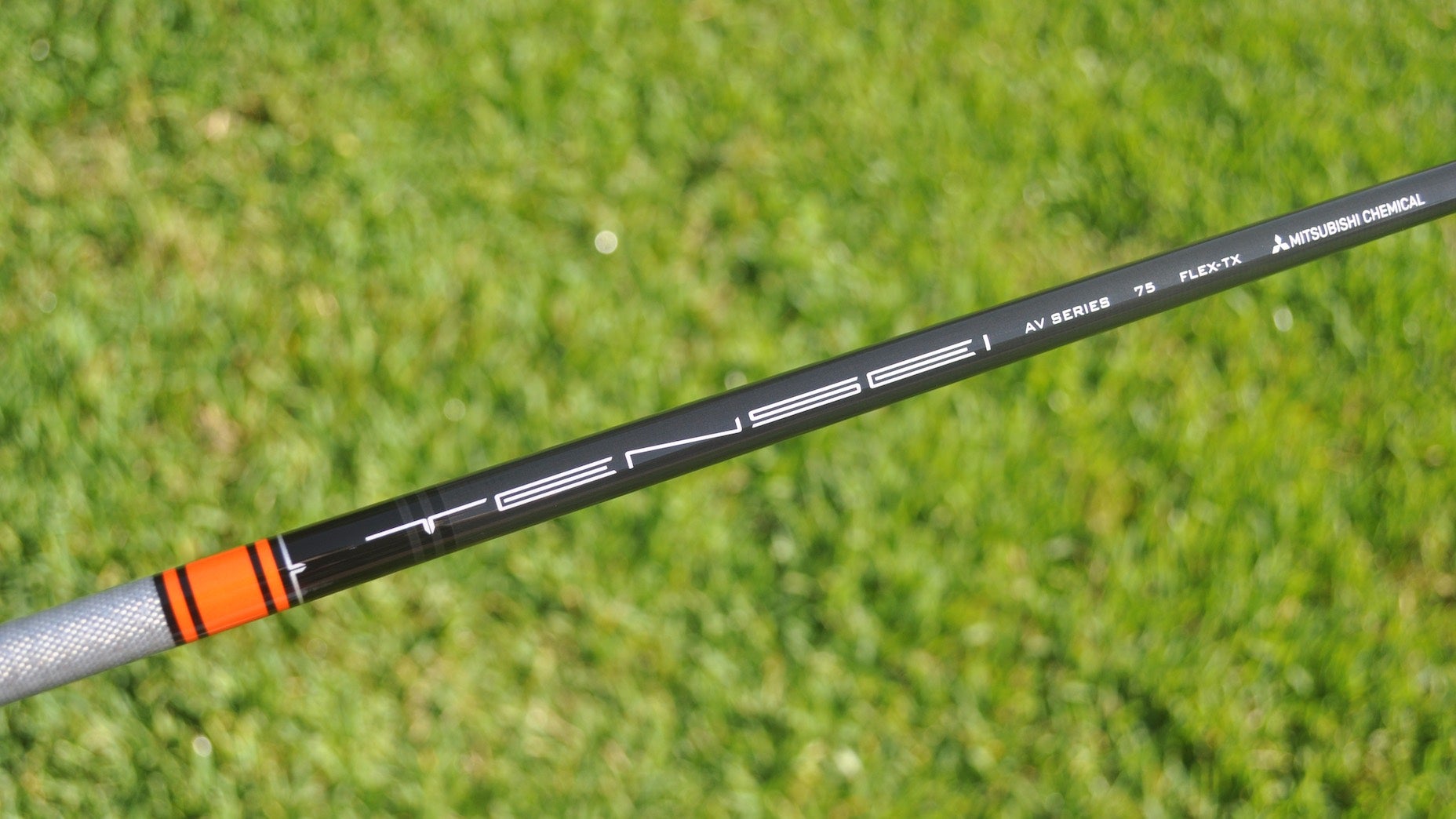Welcome to another edition of the Fully Equipped mailbag, an interactive GOLF.com series in which our resident dimplehead (a.k.a., GOLF’s managing editor of equipment, Jonathan Wall) fields your hard-hitting gear questions.
I have midsize [Golf Pride] Plus 4 grips on my clubs. I believe they are 16 grams heavier than a standard grip. This brought my swing weight to D0 on my woods. Should I add 6-8 grams or lead tape to balance out the swing weight? Or will that have a dramatic impact on my shaft (Mitsubishi Tensei Orange 60g).
It’s funny how three words at the end of a question (Mitsubishi Tensei Orange) can alter the course of action. If we were talking about a Tensei Blue or White — something with a more consistent weight profile — you wouldn’t have near as many variables to consider. But since this question pertains to the Orange profile, it’s important to keep a few things in mind.
If you’re unfamiliar with Tensei, it’s known as a counter-balanced profile. More weight is positioned in the handle to shift the balance point higher in the shaft, allowing for a different feel that some players prefer. Another benefit of having a higher balance point is that it allows for more mass to be added back to the head — if you so choose — to give it a bit more power at impact.
Assuming you can handle the additional weight, there’s a good chance you’ll see increased ball speeds. Rory McIlroy picked up 5 mph of ball speed when he used the shaft in 2018, so the design has its benefits.
That said, Rory isn’t using a midsize Golf Pride MCC Plus 4 grip — I’m assuming the “plus-4” you mentioned is the version in question — which comes in 14 grams heavier (66 grams per grip) than the standard MCC Plus 4 (52 grams). Adding lead tape to the head is an obvious choice if you don’t have (or want to use) hot melt. However, according to Tim Briand, co-host of the Fully Equipped podcast and Executive Vice President of GOLF’s sister company, True Spec Golf, adding mass to the head can alter how the shaft performs.
“If you were using a non-counterbalance product, it would help you get the swing weight up more naturally without having to use external weighting,” Briand said.
Tensei Orange is designed to handle more mass in the head, so that might not be a bad thing in this case. Just understand that you should probably get a club-fitter involved to understand how 6 to 8 grams of lead tape might affect shaft performance.
“It could change the vector or direction that the shaft bends,” Briand said. “You could get more droop and less forward deflection, or you may get more lead deflection and less droop. It all depends on where you put the weighting.”
If you find that adding weight to the head has a negative effect, one possible solution is tipping the shaft to send the balance point and bend profile down. It’ll also make the tip sturdier. Figuring out the amount of tipping you need is, again, something a certified club-fitter should be able to help you figure out depending on feel preferences and how you deliver the club at impact.
Using a lighter grip could also help, but that may not be an option when you’re talking about a midsize version.
For the moment, start with some lead tape — use this guide to figure out where to place it — and see what happens. If something feels off, get a fitter involved and see about tipping the shaft.
